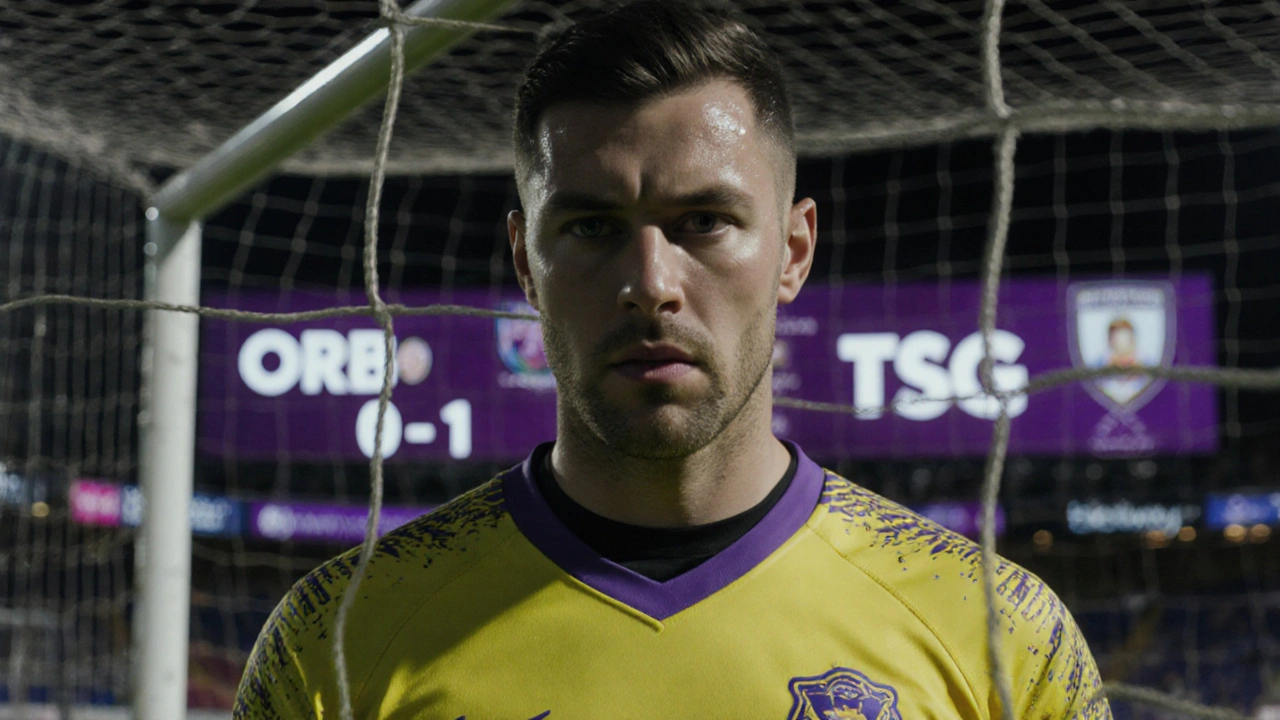When a keeper throws their hands out and the ball stays out of the net, the whole stadium feels a jolt. A good save can shift momentum, lift a team’s confidence, and even decide a title race. That’s why fans and coaches alike pay close attention to the details – the footwork, the timing, the split‑second decision that turns a certain goal into a brilliant denial.
In South African football and across Europe, you’ll see saves that look effortless but are backed by hours of training. Think about the reflex stop from AZ Alkmaar’s match against Tottenham, where the keeper reacted to a deflected shot in the box and kept the game level. Or the one‑on‑one block that helped Real Madrid hold onto a narrow lead in a recent La Liga clash. Those moments aren’t luck; they’re a mix of technique, positioning, and mental sharpness.
Reflex catches. These happen when a shot comes from close range and the keeper has to react in a flash. The key is staying on the balls of your feet, eyes glued to the ball, and using both hands for a clean grab.
Punches and parries. When a cross or a high ball threatens the goal line, a punch can be safer than a risky catch. Timing the jump, keeping your elbows in, and punching straight down avoids giving attackers a second chance.
One‑on‑one smothers. In a breakaway, the keeper narrows the angle, steps forward, and slides to block the ball’s path. Staying low and keeping the shoulders square to the shooter makes the difference between a wobble and a clean block.
Diving saves. The classic slide across the goal line looks dramatic, but the fundamentals are simple: anticipate the direction, plant the opposite foot, and push off with power. A good diving technique lands the body low, spreads the arms wide, and cushions the ball with the forearms.
Want to add some of those pro moves to your game? Try these three drills that you can do with a partner or a coach.
Reaction ball drill. Use a small, bouncy ball that skids unpredictably. Throw it against a wall and have the keeper catch it on the rebound. This builds hand‑eye coordination and quick reflexes.
Cross‑catch practice. Set up a series of high crosses from the wing. The keeper focuses on timing the jump and punching the ball straight down. Start with a slow pace, then increase the speed as confidence grows.
One‑on‑one sprint. Have a striker start 10 meters out with the ball. On the whistle, the striker runs at the keeper while the keeper runs forward to close the angle. Switch roles after each attempt to develop both offensive and defensive footwork.
Besides the physical work, mental preparation matters. Visualizing different scenarios before a match helps the brain react faster. Watching game footage – like the recent save highlights from the Ligue 1 showdown between Lille and Lyon – lets you see where the keeper positioned themselves and how they adjusted to the shooter’s body language.
In short, a great goalkeeper save blends preparation, technique, and a dash of confidence. Keep an eye on the latest matches, practice the drills, and you’ll start spotting the subtle cues that turn a routine shot into a memorable stop. Whether you’re a fan trying to appreciate the game deeper or an aspiring keeper aiming to improve, understanding these basics will make every save feel a bit more exciting.
